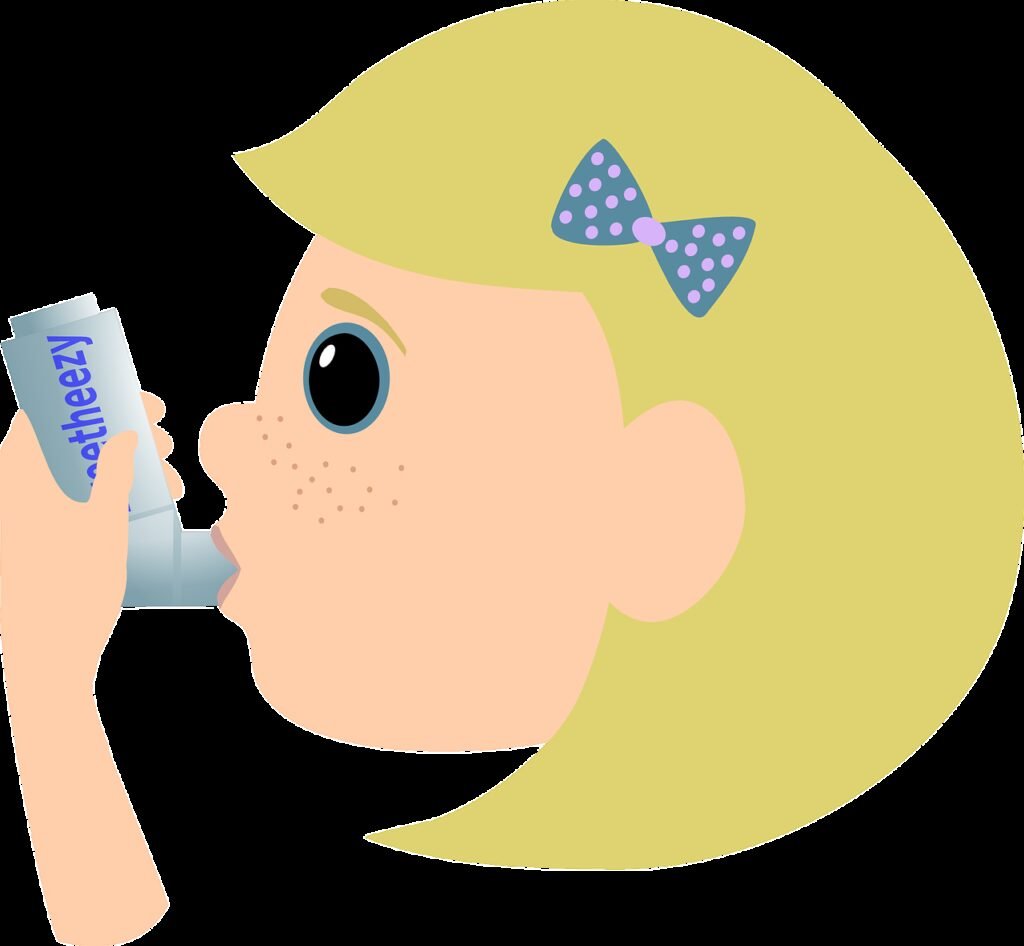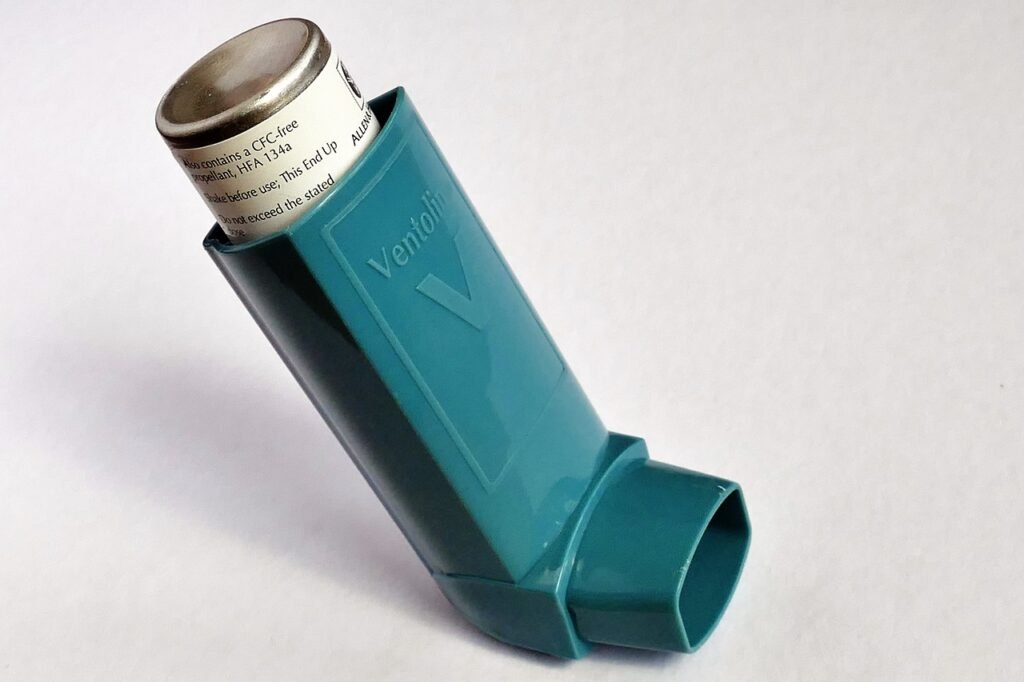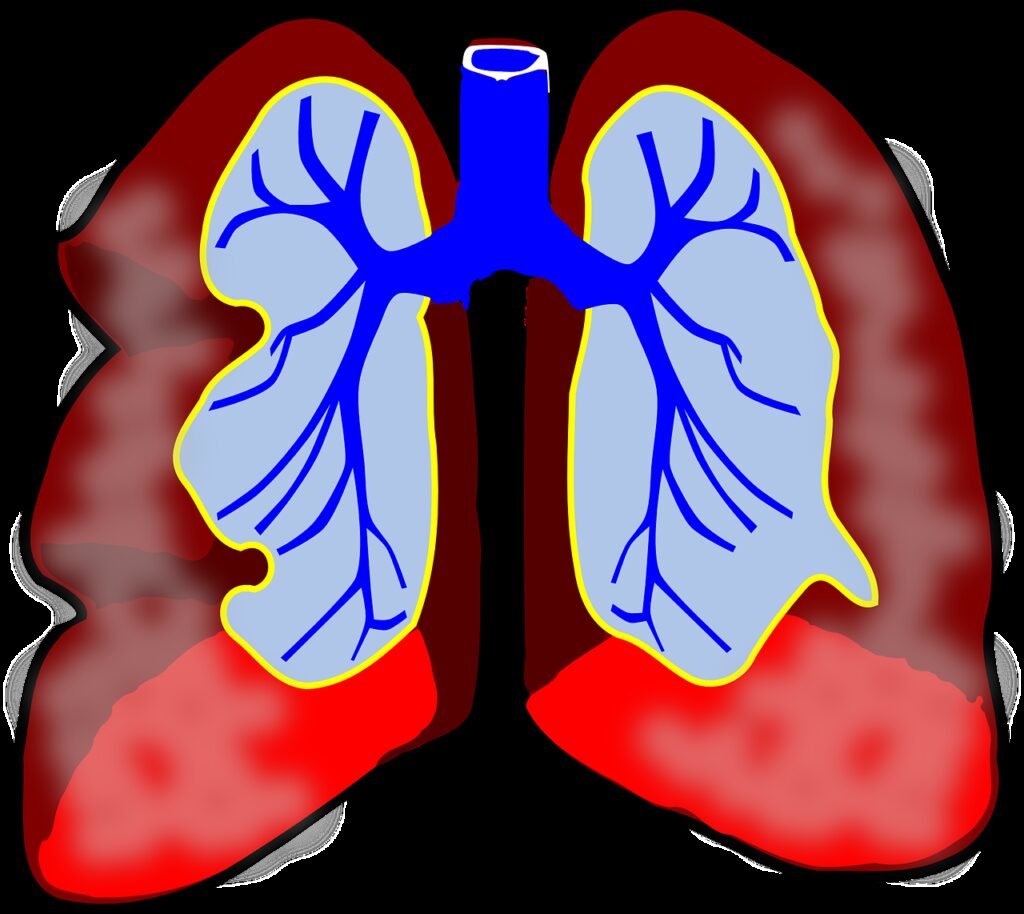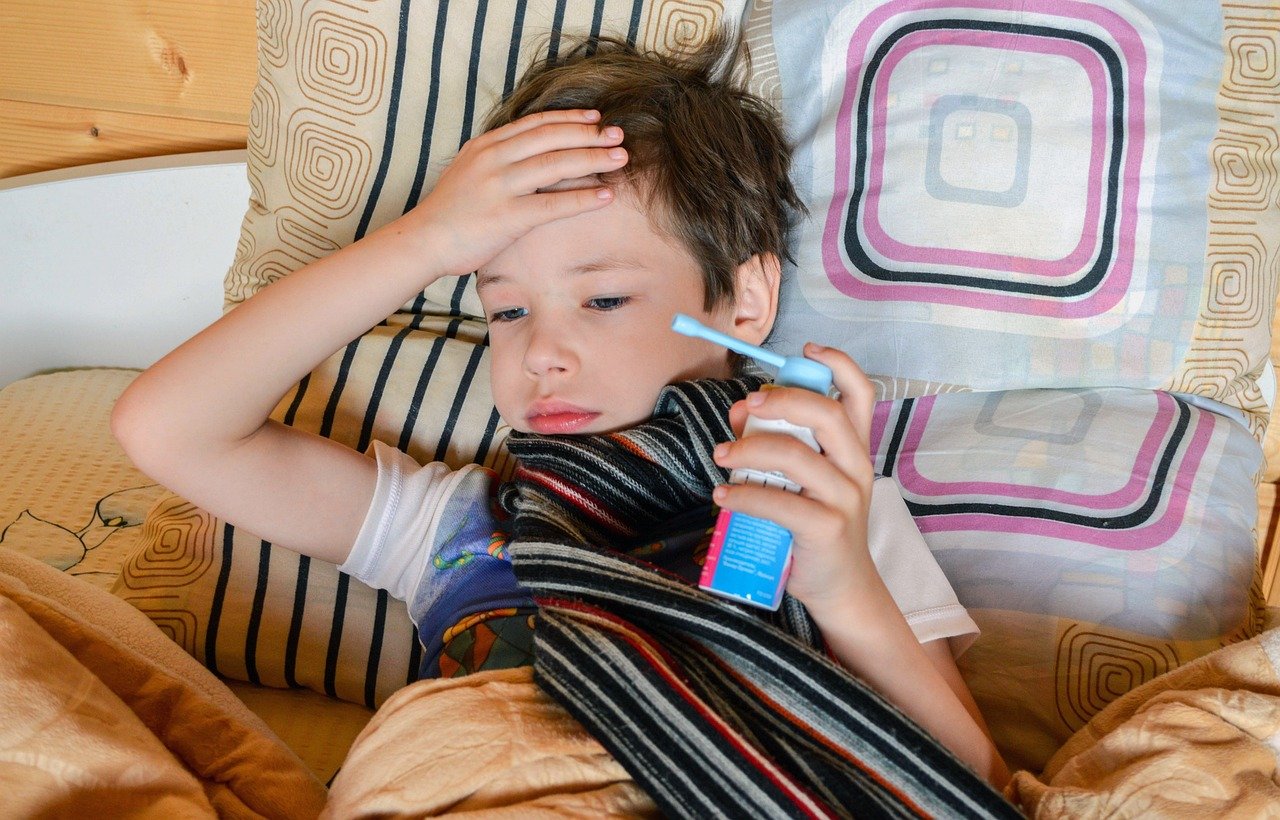Table of Contents
ToggleAsthma in Children
Index
What is Childhood Asthma?
Diagnosis of Asthma in Children
Asthma Symptoms in Children, How to Tell If a Child Has Asthma?
When should a doctor be consulted?
When Should Emergency Treatment Be Applied?
What are the complications that may develop due to asthma in children?
Asthma Treatment in Children
Can Children Get Asthma Disease?
What Is Good For A Child With Asthma?
Asthma is a chronic lung disease that causes recurrent episodes of wheezing, shortness of breath and coughing as a result of sensitization of the airways by triggers. Symptoms develop secondary to airway hyperresponsiveness and transient airway narrowing. In childhood asthma, the lungs and airways become inflamed with triggers such as pollen exposure, colds, respiratory tract infections. Risk factors for asthma can be listed as asthma history in parents, food allergy, atopic dermatitis, low birth weight, exposure to cigarette smoke, and male gender. Trigger factors are exercise, cold air, polluted air, smoking, irritant gases, viral infections, aeroallergens (pollen, mold fungi, house dust mite, cat and dog hair), reflux, upper respiratory tract infections, hyperventilation (a lot of laughing, crying, running a lot).
What is Childhood Asthma?
In childhood asthma, various symptoms may occur that limit daily activities, affect school success, sports and game activities, and sleep quality. In some cases, asthma attacks can be severe and require immediate treatment. When childhood asthma is left untreated, symptoms can worsen and persist into adulthood. While asthma symptoms can vary in every child, there are periods of few or no symptoms in a child with asthma, and periods of exacerbations with severe symptoms. Coughing at night, during the day, or both, wheezing or a whistling sound when breathing (wheezing), difficulty breathing or shortness of breath during activity, chest tightness may be symptoms of asthma. In addition, difficult and delayed recovery after respiratory tract infections or bronchitis, sleep disorders and fatigue may also be associated with asthma attacks. The exact cause of asthma has not yet been clarified. It has been shown to be partially affected by genetic transmission and environmental factors. Asthma can be allergic or non-allergic, but it is definitely an immunological disease.

Diagnosis of Asthma in Children
Asthma is diagnosed clinically, that is, through the evaluation of symptoms. Asthma symptoms in children may have disappeared until they are checked by a doctor. In such cases, a detailed and accurate history is required for diagnosis. Questions about medical history and symptoms guide the diagnosis. When and how often symptoms occur is evaluated in detail. Along with the history, a detailed physical examination is important. The heart and lungs are rested, and the nose and eyes are checked for allergy symptoms. Chest X-ray in children is the preferred imaging modality for the diagnosis of asthma and differentiation of asthma from other diseases. X-rays are used to obtain images of tissues, bones and organs with X-ray film. Spirometry (respiratory function test), which is generally preferred to be applied in children over the age of 6, is a simple lung test. Spirometry provides information about the amount and capacity of air in the child’s lungs and how quickly the air can be blown out, allowing the functional state of the lungs to be evaluated. This method makes it easier to understand how severe asthma is and to manage the treatment plan. Skin tests for allergies, blood tests and methods that can be used to investigate reflux are also among the methods used in the diagnosis of asthma in children. Allergy tests are useful in identifying asthma triggers; but not diagnostic for asthma.
Asthma Symptoms in Children, How to Tell If a Child Has Asthma?
Frequent and severe coughing that worsens with viral infection, usually at night or while sleeping, with cold air exposure or exercise, wheezing or wheezing when exhaling, shortness of breath, chest tightness, burning, congestion are among the common symptoms of asthma. Childhood asthma can also cause symptoms such as:
Shortness of breath,
Inability to sleep due to severe coughing or wheezing
Coughing attacks worsened by cold or flu
Difficulty breathing that interferes with playing or exercising
Weakness
Asthma symptoms can be observed differently in each child and can be mild or severe. It may show a single symptom such as a persistent cough that does not go away or shortness of breath.

When should a doctor be consulted?
It can be difficult to tell whether symptoms in children are caused by asthma. Asthma-like symptoms that are observed for a long time and occur periodically may be due to infectious bronchitis or other respiratory problems. In case of suspected asthma, it is possible to go to the doctor’s control and intervene to manage the symptoms and minimize the risk of asthma attack. Recurrent episodes of severe bronchitis and pneumonia, chest tightness, rapid breathing, continuous, intermittent or increased coughing attacks, crying, laughing, shouting, and coughing and wheezing triggered by emotional reactions due to severe stress require doctor control. Creating a plan to manage and treat asthma symptoms after being diagnosed with asthma makes it possible to know what to do and be able to intervene in exacerbations.
When Should Emergency Treatment Be Applied?
Severe asthma attacks require immediate treatment. For this reason, care should be taken for some situations that may indicate an emergency. In severe cases of asthma, the child may experience difficulty in breathing, with chest and sides pulling inward, increased heart rate, sweating, and severe chest pain. In addition to these, it would be appropriate to seek emergency help in the following situations:
Feeling the need to pause when talking due to shortness of breath and to collect the breath,
Using the abdominal muscles and widening of the nostrils during breathing,
Pulling of the abdomen under the ribs due to vigorous effort to breathe
If breathing difficulties are noticed in children who have not been diagnosed with asthma, medical attention should be sought immediately. Although asthma attacks vary according to the patient, they can start with coughing and wheezing and progress to shortness of breath, obstruction and respiratory arrest.
What are the complications that may develop due to asthma in children?
Asthma can lead to a number of complications in the long term. These:
Severe asthma exacerbations, mainly requiring emergency treatment and hospitalization,
Permanent decrease in lung function and capacity,
Missing school days and being behind classes,
Weakness and fatigue due to sleep problems,
May have symptoms that lead to limitation in play, sports, and other daily activities

Asthma Treatment in Children
Based on the child’s past medical history and the degree of asthma, doctors will evaluate and implement the most appropriate treatment plan. Within the asthma treatment plan, when and how often to take asthma medications, what to do in asthma attacks, and when to apply to the hospital are explained. It is important to ensure that the child, his/her family, teachers at school and the social environment he/she spends time with are aware of asthma and its treatment. In this way, intervention can be provided at the time of an asthma attack.
In addition to monitoring and implementing the asthma treatment plan, detection of asthma triggers and avoiding exposure to these triggers are the main goals of treatment. Asthma medications can be preferred for rapid relief of symptoms. Bronchodilators provide rapid opening and relief by widening the narrowed airways and bronchi. They are used to relieve cough, wheezing and shortness of breath. Combined preparations of inhaled steroids and long-acting bronchodilators may also be preferred for rapid relief in some cases. Inhaled steroids help relieve inflammation in the airways and reduce the severity of asthma exacerbations. It can be given by inhalation or by a nebulizer. Long-acting muscarinic antagonists may be another treatment option for children with symptoms that cannot be controlled with first-line drugs. Antileukotrienes and immunotherapy (allergy vaccines) are also among the treatment options. Children with allergies on immunotherapy may benefit from improvement in symptoms to the specific allergen.
Can Children Get Asthma Disease?
There is no definitive cure for asthma, but a child with asthma can learn to control their asthma symptoms and live a problem-free life with asthma. When the airways are sensitive in a child, it stays this way for life. However, about half of children experience a sharp regression in asthma symptoms by puberty. Although asthma may seem to disappear completely, it often begins to show symptoms again in adulthood. There is no clear way to reach definitive information about the course of asthma in children. There is limited information on lung functions and the course of asthma in infants. However, children who have more than one wheezing attack, have a parent with asthma, or are diagnosed with allergies are more likely to be diagnosed with asthma by the age of 6 years.
What Is Good For A Child With Asthma?
The more information a person has in the management of children with asthma, the easier and more effective the control of asthma will be.
Keeping the child away from triggers
To make them aware of what their triggers are,
To apply the drug treatment given by the doctor correctly,
To provide close follow-up to understand when asthma symptoms and attacks begin, and
Providing psychological support to children who have difficulties in coping with their symptoms
It will be good for children with asthma and their families.
If you are also noticing asthma-like symptoms in your child, you can get the necessary support by applying to the nearest health institution for diagnosis and treatment.
